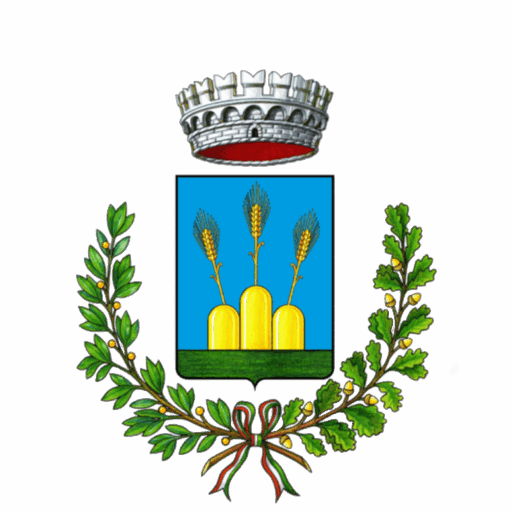Discover
A Millennia-Old Story Between Sea and Stone

The history of Porto San Giorgio is inseparably tied to the sea. Since antiquity, the town was known as Navale Firmanum, the harbor of nearby Fermo. According to Pliny, Strabo, and Velleius Paterculus, ships loaded with amphorae and goods docked here, testifying to intense commercial and maritime activity already in Roman times.
In the Middle Ages, the village took shape as Portus Sancti Georgi, fortified to defend against Saracen pirate raids. It was the bishopric of Fermo that sought its protection, and the current name derives from the church dedicated to Saint George. The true urban transformation occurred in the 13th century under Lorenzo Tiepolo—future Doge of Venice—who, as Podestà of Fermo, initiated the construction of Rocca Tiepolo, today the city’s historical landmark.
After centuries under Fermo’s dominion, Porto San Giorgio gained administrative autonomy in 1875, a milestone that also marked the beginning of its vocation for tourism. The arrival of the railway and the construction of Liberty-style villas transformed the fishing village into a refined seaside resort.
TRADITIONS, CULTURE AND FLAVORS
E SAPORI
In Porto San Giorgio, tradition is part of daily life. It can be seen in the fishermen’s nets, the shipyards, and the work at the harbor. Each year it comes alive in the Festa del Mare, with lights, processions, food events, and the famous Padella Gigante dell’Adriatico—a giant frying pan that has become a symbol of sharing and maritime identity.
Visitors can still discover today the crafts and skills of the sea: at the Fish Market, where the daily fish auction takes place, or at the Cantieri della Civiltà Marinara, an immersive museum that tells the local culture through images, voices, and authentic stories.
Local food and wine tell the story of the meeting between sea and land: a mosaic of genuine flavors where the day’s catch—anchovies, clams, mussels, sardines, cuttlefish, and shellfish—takes center stage. Whether cooked in a fisherman’s style, fried, or served in traditional recipes, it offers a simple and sincere experience. Among the typical dishes are vincisgrassi, brodetto alla sangiorgese, Adriatic mixed fried fish, and countless pasta dishes featuring fresh seafood.
Alongside seafood cuisine, the inland contributes artisanal cured meats, pecorino cheeses, and the famous Marche ciauscolo, paired with local wines from the surrounding hills: Falerio, Passerina, Pecorino, and Rosso Piceno—authentic expressions of the territory.
Between traditional taverns, harbor restaurants, and popular food festivals, cuisine becomes a way to directly connect with the town’s identity—made up of ancient gestures, simple ingredients, and an extraordinary spirit of hospitality.
